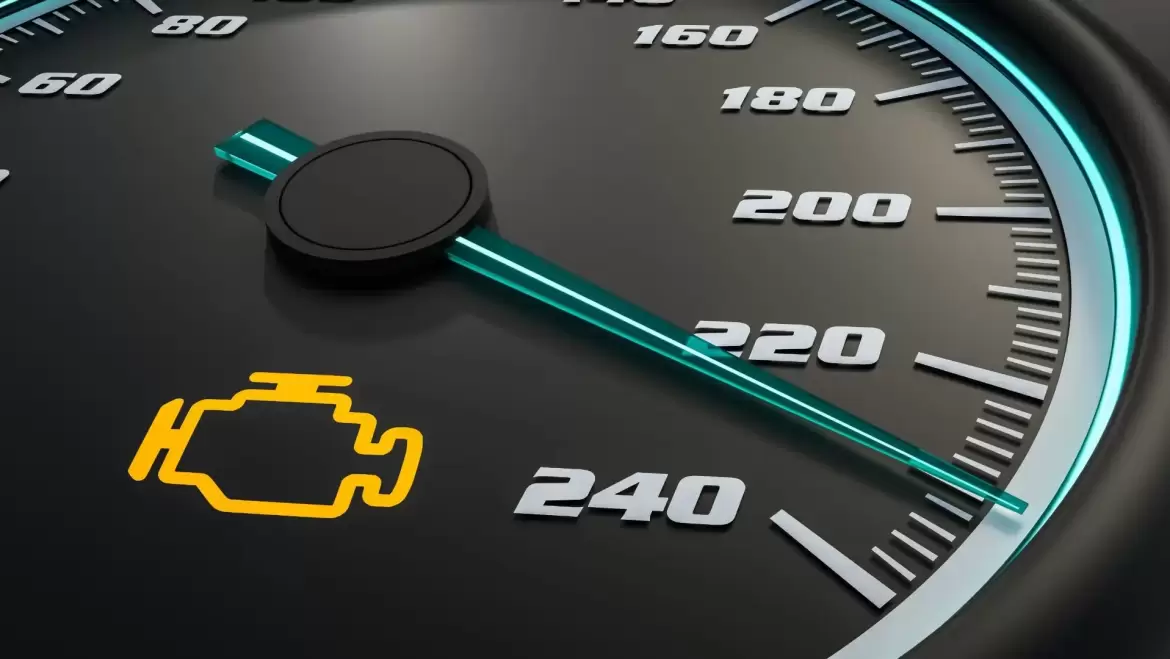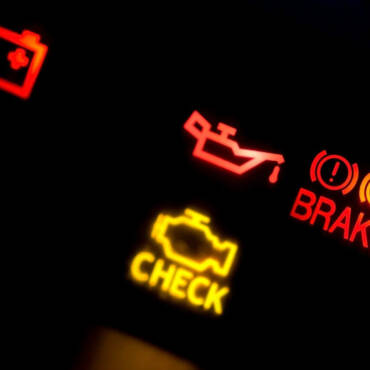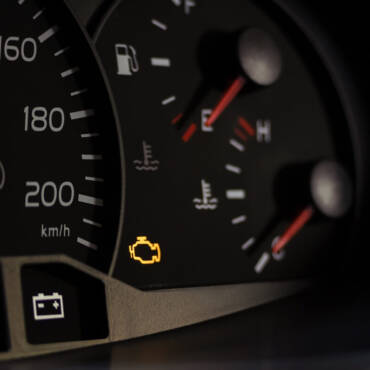Every car owner knows the sinking feeling when the Check Engine light suddenly illuminates on the dashboard. It’s a universal signal that something might be amiss under the hood. However, the common belief that low oil levels trigger this ominous light isn’t entirely accurate. Let’s delve into the intricate relationship between oil changes, low oil levels, and the notorious Check Engine light.
Check Engine Light Triggers
The Check Engine light typically remains dormant unless there’s an issue with the engine or the emissions control system. Surprisingly, a routine oil change doesn’t usually prompt this light to flicker. It takes extreme conditions, like severely overdue or degraded oil, to set off the Check Engine warning. Some models may illuminate a “MAINTENANCE” or “CHANGE OIL” light instead to signal the need for an oil change.
Oil Change Indicators
The cleanliness and proper level of oil are crucial for the smooth operation of dual overhead camshaft engines. Using the wrong oil type or weight can confuse sensors and trigger the Check Engine light. Fortunately, regular oil changes or switching to synthetic oil can often resolve this issue, allowing the Engine Control Unit (ECU) to recognize sensors correctly.
Frequency of Oil Changes
The recommended oil change schedule, detailed in your owner’s manual, typically ranges between 5,000 to 7,500 miles. However, the actual lifespan of motor oil depends on various factors such as driving style, conditions, and duration. Regular changes prevent viscosity loss, ensuring optimal engine performance and longevity.
Signs of Oil Problems
While the Check Engine light might indicate oil-related issues, there are other signs to watch for, including low oil pressure warnings, engine vibration, unusual noises, and a burning odor emanating from the engine. These signals should prompt immediate attention to prevent further damage.
Engine Maintenance Light vs. Check Engine Light
It’s crucial to differentiate between the Engine Maintenance light and the Check Engine light. The former serves as a reminder for scheduled oil changes, appearing after a certain mileage is reached. On the other hand, the Check Engine light addresses broader engine or emissions system concerns and requires a diagnostic check.
Understanding the “Change Engine Oil” Light
Newer vehicles feature a sophisticated “Change Engine Oil” light that calculates fuel and mileage data along with driving habits. When the oil life drops below 10%, a persistent message urges an immediate oil change. Factors like driving in the city versus on the highway influence how quickly this light activates.
Factors Influencing Light Activation
Driving habits, vehicle weight, and acceleration patterns contribute to when the “Change Engine Oil” light appears. Once illuminated, scheduling an oil change promptly is essential. After the change, it’s advisable to confirm that the mechanic reset the message and consider obtaining a reminder sticker for the next oil change mileage.
Preventive Measures for Engine Health
Regular oil changes are just one aspect of preventive maintenance. Inspecting and replacing air filters, maintaining proper tire pressure, replacing worn-out belts and hoses, scheduling routine tune-ups, and monitoring fluid levels contribute to a healthy engine and reduced risk of Check Engine light triggers.
Common Check Engine Light Causes
While low oil levels themselves might not activate the Check Engine light, various issues can. Emissions system malfunctions, overheating, faulty oxygen sensors, gas cap issues, catalytic converter failure, spark plug problems, and mass airflow sensor malfunctions are among the common culprits.
Preventive Maintenance Tips
Beyond oil changes, maintaining air filters, proper tire pressure, and addressing warning lights promptly are crucial. Regular tune-ups can identify and rectify potential engine issues before they escalate, saving both time and money.
Choosing Oil Change Services
Adhering to the recommended oil change frequency is vital for engine health. Strickland Brothers 10 Minute Oil Change offers a convenient, efficient drive-thru service designed to save time. Specialized technicians and cost-effective services make it a compelling choice for maintaining optimal engine performance.
Advantages of Strickland Brothers 10 Minute Oil Change
Strickland Brothers stands out with its quick and professional drive-thru service, ensuring minimal wait times. Exclusive dedication to oil changes and associated services guarantees specialized expertise. Furthermore, choosing Strickland Brothers proves cost-effective compared to other providers charging premium prices for similar services.
Conclusion
While low oil levels might not directly trigger the Check Engine light, their impact on engine performance and longevity is undeniable. Regular oil changes, coupled with preventive maintenance measures, help avoid issues that could lead to Check Engine light activation. By prioritizing engine health and seeking convenient oil change services, car owners can enjoy a smooth and safe driving experience.




